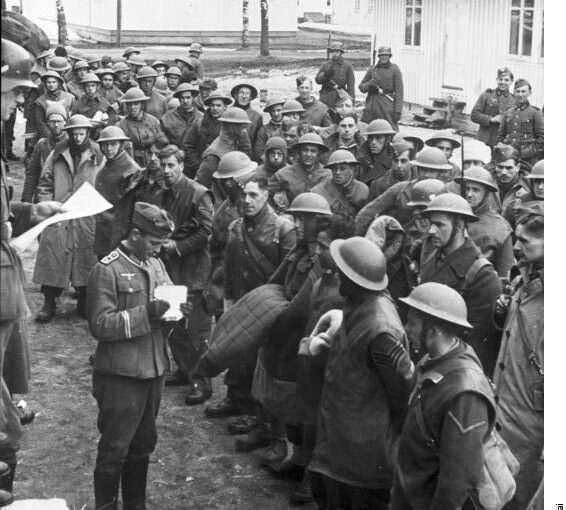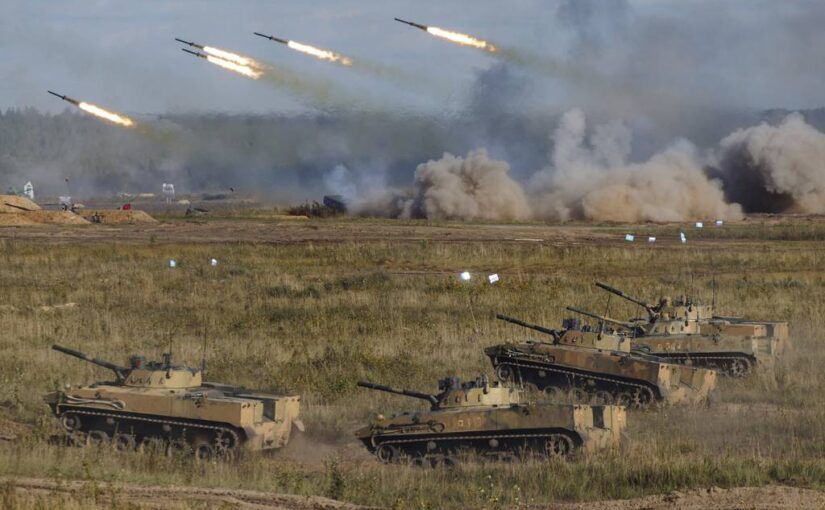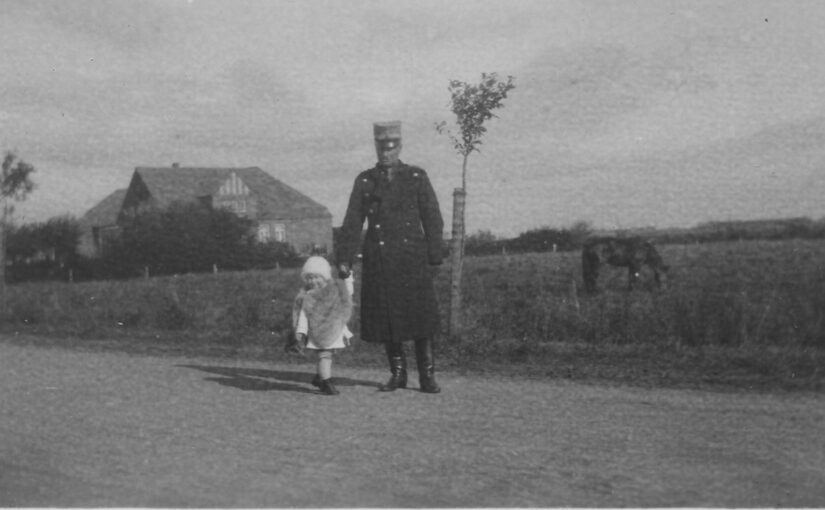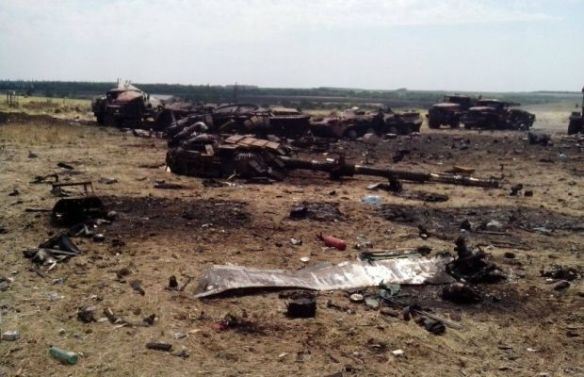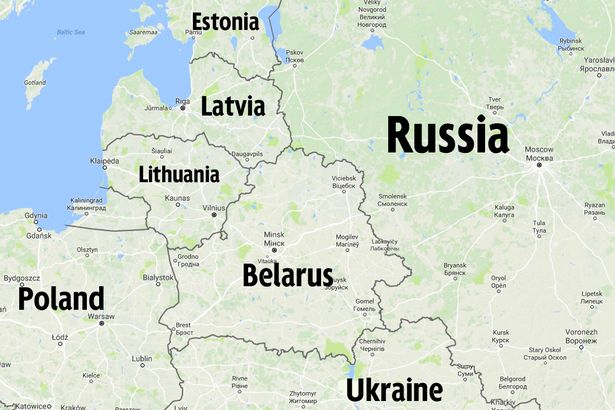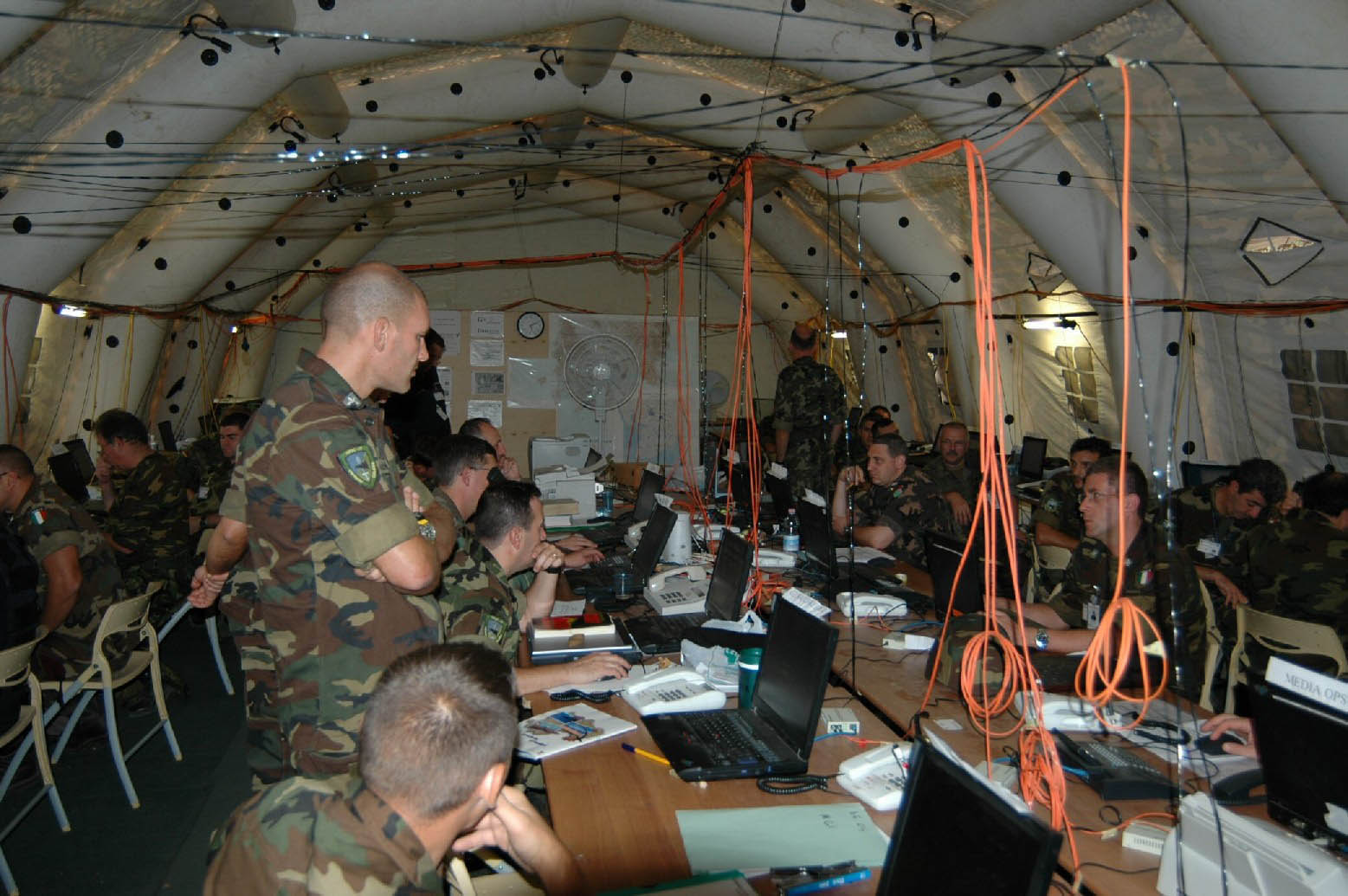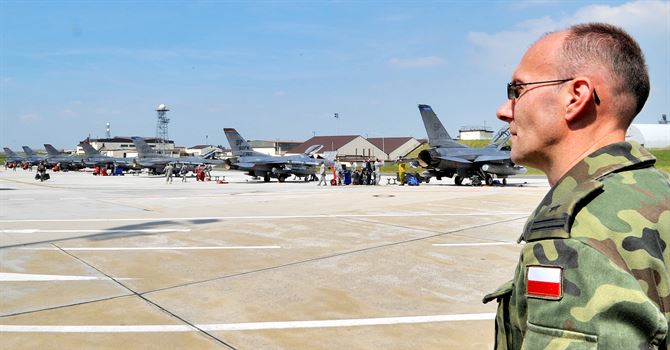The photo shows Britisk POWs in Trondheim May 1940. Their capture were the inevitable result of extended military amateurism comparable to our present level.
INITIAL REMARKS
By NATO I mean all the elements:
>the leading civil servants at NATO HQs,
>>the member states’ governments and key civil servants,
>>>the members’ representatives at the Atlantic Council and Military Committee (where the latter seem to have been without professional culture and knowledge as well as the moral courage to be heard as well as
>>>>SHAPE and the JFCs.
My mirror is the situation at the end of the 1980’ties.
I shall neither discuss members’ hardening of society (“total defence”) nor nuclear deterrence issues in this text, even if both are essential to our countries’ survival.
GENERAL OBSERVATION
Geostrategic blindness
It has been a constant problem that the Alliance and its promoters ignored that Europe has become an ever more secondary theatre to the U.S.
The reason is that the Pacific and Asia and the confrontation with China must be given the highest priority to Americans.
Only the maritime situation in the North Atlantic and Arctic remains of key importance for U.S. national security.
The 2% (or any higher) benchmark bred and breeds cheating and bullshit
The focus on economic input rather than the quantity and quality of the military output made sure that member states would include everything in the defence budget to look good: military pensions, coast and border guard costs, any assistance to Ukraine.
This input benchmark undermined any NATO and critical mutual memberstate focus on the output that really counts in defence and deterrence: the size, modernity and balance of forces; reserve forces’ material and personnel readiness/availablity as well as logistical resilience and robustness.
Full (and blind) dependence on airpower, U.S. airpower
The only field where the Alliance has a clear superiority over Russia is in the air force balance,
However, that superiority depends exclusively on the U.S. airforces (USAF, USN and USMC) capablitities and the assumption that the now decades old stealth technology remains an effective protection against massive losses in deep offensive missions and that Russia is vulnerable in case of precision strikes (and that the intelligence for such strikes exists) and that such strikes, if effective, won’t trigger a nuclear escalation.
If any of these assumptions proves faulty, even (the unlikely) full availability of U.S. airpower won’t be decisive.
The linked pseudo-“scientific” and NATO operational planning system
Since the First Gulf War NATO has developed a operational planning process (NATO OPP) and later a defence planning process that should give an answer to how to organise the common forces and how to use them.
The results are of course classified, but the lack of usable defence and deterrence forces outlined hereafter are only too obvious, most likely because of the lack of critical attack on the assumptions resulting from the diplomatic character of the interaction between members.
THE LOST TIME: WHAT SHOULD HAVE BEEN DONE THE LAST 15-10 YEARS
Martin van Creveld has characterised the present Western forces as “Pussycats” rather than capable and resilient militaries.
I do not argue against that being the result, I shall just quote the wise 2WW-veteran and leading historian Michael Howard’s 1962 prediction of what is likely to happen to militaries in any normal peacetime:
”… the complex problem of running an army at all is liable to occupy his (the future commander’s) mind and skill so completely that it is very easy to forget what it is being run for. The difficulties encountered in the administration, discipline, maintenance, and supply of an organization the size of a fair-sized town are enough to occupy the senior officer to the exclusion of any thinking about his real business: the conduct of war.”
Some decades after his writing, it was no longer just “normal peacetime”. All Western politicians and their advisors agreed that history amd thereby the risk of serious wars had ended. The remaining tasks would be limited to international gendarmery missions to assist less fortune parts of the world on the way forward.
The Russian invasion of Georgia in 2008 should have been a wake-up call that the assumptions about the future was faulty, but even states with an acute sense of the threat from Russia – Finns, Balts and Poles – only started to react after the 2014 coup occupation of Crimea and the Russian start of first proxy and then regular operations.
The unexited NATO reaction was the deployment of symbolic “enhanced presence” elements to front line states to calm their nerves. The Alliance no longer tried to block these states’ moves to rebuilt a minimum own territorial defence, but otherwise no change happened. The “Pussycat” armies of Western Europe, including of former great powers such as Germany, United Kingdom and France still remained in Wonderland.
The need to refocus on the requirements of a general war and rebuilt forces for that possibility was not even seen. Instead all attention was given to Donald Trump’s criticism of the low level of defence spending.
Nobody in the Alliance seemed aware of the steps that had been taken during the its first fifteen years to establish a minimum conventional defence and deterrence capability in Europe.
Let me outline these missing steps and their potential.
Command Structure
The creation of an allied command structure as early in the Cold War would logically have led to common understanding of the defence problems and force requirements.
As during the Cold War this would lead to agreed concepts of defence and deterrence at the regional level, as Scandinavia, Norwegian Sea plus Baltic Sea. It could also bring defence concepts at a subregional level as the Baltic States and Sea.
It had been the case from the 1960ies for Northern Europe as a result of the work of the allied and joint services, British led AFNORTH and Danish-German led BALTAP Headquarters.
No NATO state in the Cold War period aimed at defending its national territory only. It had to be done as a common enterprise. This had been especially clear in the defence at the Inner German Border that had been the main project of the NATO armies.
It would take the common staff work in the headquarters of a new command structure to generate the necessary common project for the defence and deterrence effert of the present front line states from Norway, Finland, the Baltic States and Poland and further in the member states bordering Ukraine, Moldova and the Transkaukasian states.
There seems to be a total loss of memory in NATO and member states of how the regional and later subregional headquarters served as essential “clearing houses” in developing a common understanding of the geostrategic challenges of that area, of ways to meet those challenges as well as force requirements.
Force generation for the common defence
On the basis of the forgotten or ignored experience of the Alliance, its was and is important that frontline member should do the maximum to create a resilient initial defence of its territory. However, it was realised that small states could not be expected to do so without assistance. The front line states would accept that their territory would become the initial battlefields of the common defence, and they would create the largest possible forces possible by general national military service.
To make these initial forces as large as possible, the less exposed members states, then the mainly the U.S., would give massive military assistance in the form of equipment, ammunition and cadre training for the front line states’ armies, air forces and navies … in the same way as the assistance presently given to sustain the Ukrainian ability to continue the war. In order to ease the burden of the frontline members further, the necessary defence infrastructure was financed as a commen project.
Such projects should have started in 2015 and onwards. Unfortunately, however, it did not happen, most likely because there was neither a common realistic awareness of the force requirements nor and in-depth acceptence of the essential condition that Alliance solidarity is not only given to your country, it is the basic obligation of all to all.
Earmarked reinforments
During the last 15 years og the Cold War period, it was agreed that it was essential to reinforce the conventional defence of Western Europe. This was considered important as a way to postpone the time where the Alliance would need to escalate to the use of nuclear weapons and thereby risk triggering the mutual assured destruction.
One key way to achieve the a more resilient conventional defence was to earmark regular and reserve land and airforce units in the U.S., Canada and the UK for the deployment to a specific Alliance region when ready. Some of the equipment and ammunition of the earmarked reinforments would be stored in the receiving country that would create host nation support units, and the deployment of some reinforcements would be exercised regularly.
Now most of NATO members are positioned far from the front members and should prepare to reinforce the exposed members. But there is no common developed understanding of the defence requirements, no acceptance of the duty to reinforce with substantial (rather than symbolic) forces and be able to sustain such forces.
The fact that all Westeuropean member states have reduced the regular forces dramatically and abolished the reserve forces in the assumption that they would not be required to fight in a general war means that frontline member states can now only be reinforced with American available forces and symbolic European elements.
Reaction forces
Starting in the late 1960’ies, NATO developed common reaction forces, The Allied Mobile Force. They should be ready to deploy quickly to a crisis area to become a “trigger” marking Alliance willingness to escalate to mobilising and deploying its far more impressive capabilities in defence of Alliance territory.
After the Cold War the NATO Response Force (NRF) mirrored the collapse of the European armed forces. The realisation of the planned NRF expansion from 100.000 to 300.000 is only to be realised after an extended period.
As the situation is now, any deployment of NRF would be of a trigger without any meaningfull substance behind it, as such a substance would, again as before 1990, mean mobilised societies with their forces trained and equipped for general war.
The situation, where the force elements are not focused on, trained and tailored with support and logistics for a known mission means that they will be as unsuited for that task as the British forces sent to Norway in 1940 and those sent to Greece the following year.
